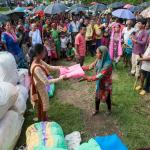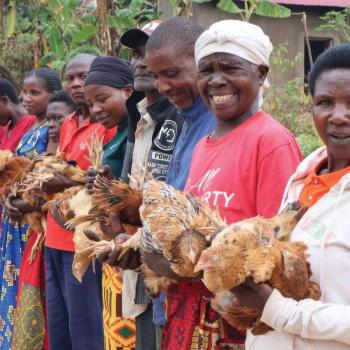Wills Point, Texas – GFA Special Report (Gospel for Asia) – Discussing the continuing battle in fighting malaria worldwide via mosquito netting and medical care to combat this parasitic genius.

Combating a Tough Disease
Malaria has a history extending back thousands of years. The legendary Greek doctor, Hippocrates (born in 460 B.C.), described periodic fevers. It was so common in the Roman Empire that one report said it may have contributed to the empire’s decline. At one time, it was also common across Europe and North America.
Malaria needs a combination of high population density, high anopheles mosquito density, and high rates of transmission from humans to mosquitos and vice versa. If any of the factors is lowered sufficiently, the parasite will eventually disappear from the area. However, unless eliminated entirely, it can be re-established if conditions revert to a combination favorable to the parasite.
The battle against the disease has raged for centuries. Scientific studies on malaria saw their first major advance in 1880, when a French army doctor working at a military hospital in Algeria observed parasites in the red blood cells of infected patients. Alphonse Lavern suggested that malaria was caused by this organism, which along with other later discoveries, earned him the Nobel Prize in 1907.
More than a century later, the battle fighting malaria continues. It is expensive. According to one report on research and development challenges in the health field, one drug costs $150–200 million and seven to 10 years to develop, one vaccine costs $600–800 million and takes 10–15 years, one diagnostic costs up to $50 million and takes three to five years, and one vector control product takes $60–65 million and 10–12 years. It projects the annual research and development need for malaria over a decade ending in 2022 will range from $5.5 billion to $8.3 billion.
Still, it is a war worth waging. Not only can severe cases cause lifelong intellectual disabilities, but its economic impact can cost billions of dollars annually in lost productivity. WHO says certain population groups are at higher risk of contracting malaria and developing serious disease: children under 5, pregnant women, patients with HIV/AIDS, non-immune immigrants, and mobile populations and travelers.
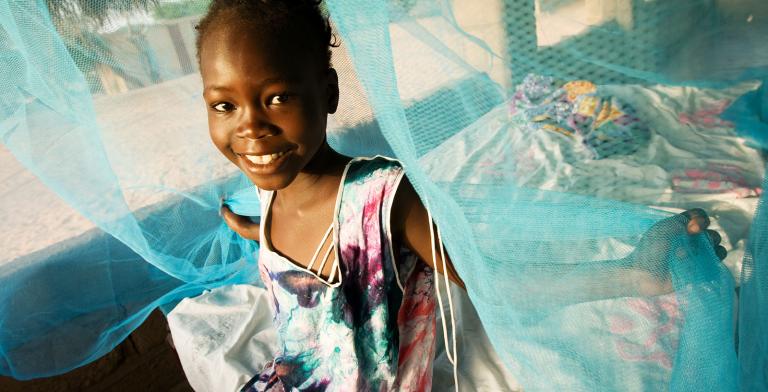
To date, vaccines have been lacking, but WHO hopes Mosquirix™ will prove to be a game changer. It will be administered to at least 360,000 children in areas of Ghana, Kenya and Malawi, with some regions selected for participation to serve as comparison groups to areas where the vaccine will not be available initially.
Developed by the PATH Malaria Vaccine Initiative and GlaxoSmithKline with support from the Gates Foundation, Mosquirix™ was engineered with genes from the outer protein of a malaria parasite, a portion of a hepatitis B virus, and a chemical component to boost immunity. The vaccine works to prevent infection by blocking the parasite from infecting the liver.
Although WHO has yet to make a policy recommendation for large-scale distribution beyond the pilot program, it saw some encouraging—though limited—results in a five-year-long trial (phase three of the program).
“In its ability to adapt and survive, the malaria parasite is a genius. It’s smarter than we are.”
The trial, which concluded in 2014, enrolled approximately 15,000 infants and children in seven sub-Saharan nations. Among participants who received four doses, the vaccine prevented approximately four in 10 cases of malaria (39 percent) over four years of follow-up and just over three in 10 cases of severe malaria (32 percent). Significant reductions were seen in overall hospital admissions and those for malaria and severe malaria.
It will be evaluated for use as a complementary tool, along with the preventive, diagnostic and treatment measures WHO recommends, such as indoor residual spraying with insecticides and the use of anti-malarial medicines.
Challenges Ahead for Fighting Malaria
Progress has been made in the past. WHO’s long-term strategy report, which outlines steps to attack the problem by 2030, says between 2001–2013 an expansion of intervention contributed to a 47 percent decline in mortality rates worldwide. That meant an estimated 4.3 million fewer deaths.
Still, malaria remains a persistent foe. The ability of parasites to evolve and develop resistance is one of the leading challenges. According to one report, a particular class of parasites has demonstrated the capability—through the development of multiple drug-resistant forms—for evolutionary change, which can affect the efficiency of vaccines and other treatments.
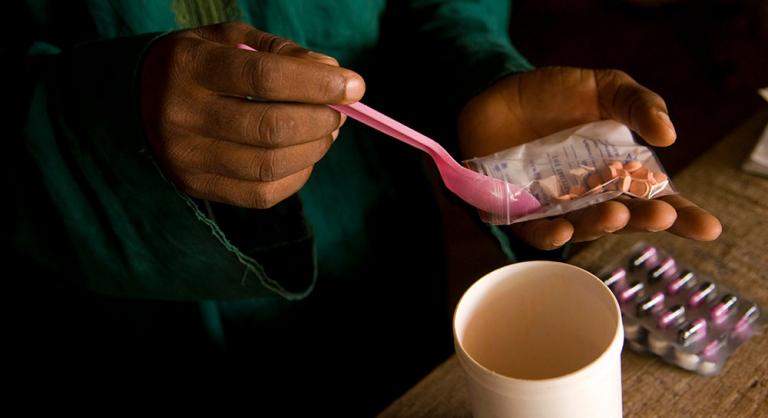
Such possibilities surfaced recently in the United Kingdom. Like the U.S., the UK is largely malaria-free but still sees about 2,000 cases annually among travelers returning from other nations. In early 2017, researchers found a drug commonly used in the UK that had been highly effective at treating malaria, but it had failed to cure four patients who contracted the disease while visiting Africa.
Although the patients recovered after receiving alternative treatment, research by the London School of Hygiene and Tropical Medicine said the failure was due to strains of the disease showing reduced susceptibility. It was also a possible first sign of drug resistance to a drug known as AL, for artemether-lumefantrine.

Dr. Colin Sutherland, who led the study, told the London Telegraph that treating patients there with AL “might need reviewing.”
“Fortunately, there are other effective drugs available,” Dr. Sutherland said. “(But) frontline doctors should be alert to the possibility of artemisinin-based drugs failing, and assist with the collection of detailed information about specific travel destinations. A concerted effort to monitor AL outcomes in UK malaria patients needs to be made. This will determine whether our front-line malaria treatment drug is under threat.”
In addition, Sutherland told the newspaper that drug resistance is one of the “biggest threats we face” in fighting malaria, and it had already started occurring in parasite strains prevalent in parts of Southeast Asia. Mutations found in genes previously implicated in drug failure in Africa warrant further investigation, the doctor said.
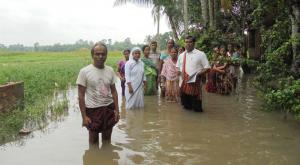
In addition to the medical challenges, there are social and environmental factors. WHO’s 15-year strategy report outlines such problems as social unrest, conflict and humanitarian disasters as major obstacles to progress. So are outbreaks of other diseases, like the Ebola virus in West Africa, which affected countries endemic for malaria and diminished their ability to control malaria.Climate change is another factor.
“Given the association between malaria transmission and climate, long-term malaria efforts will be highly sensitive to changes in the world’s climate,” the report says. “It is expected that—without mitigation—climate change will result in an increase in the malaria burden in several regions of the world that are endemic for the disease, particularly in densely-populated topical highlands.”
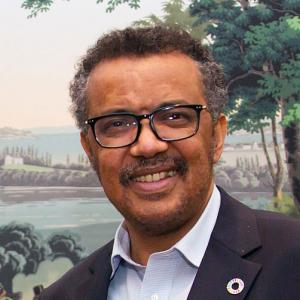
In the 2017 World Malaria Report, WHO Director-General Dr. Tedros Adhanom Ghebreyesus—former health minister for Ethiopia—termed the malaria response as “at a crossroads.” He said continuing with a “business as usual” approach with the same level of resources and interventions means a likely increase in malaria cases and deaths.”It is our hope that countries and the global health community choose another approach,” Ghebreyesus said in his foreword, “resulting in a boost in funding for fighting malaria programs, expanding access to effective interventions and greater investment in the research and development of new tools.”
Fighting Malaria – A Chilling Disease: Part 1 | Part 3
This article originally appeared on gfa.org
To read more on Patheos on fighting Malaria, go here.
Click here, to read more blogs on Patheos from Gospel for Asia.
Go here to know more about Gospel for Asia: Youtube | Twitter | GFA Reports | My GFA | Instagram



